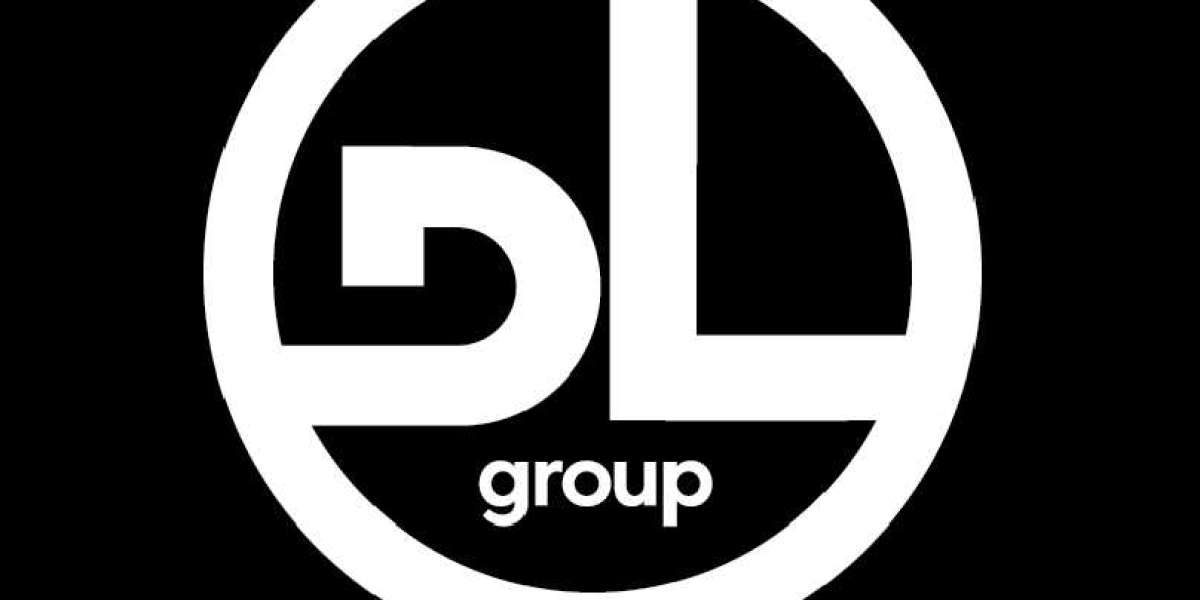PDF Technical Documentation plays a crucial role in various fields such as software development, engineering, and product management. This extensive guide aims to provide you with a deep dive into creating, managing, and utilizing technical PDFs effectively. Whether you are a seasoned professional or new to technical documentation, understanding how to leverage PDFs for technical content can significantly enhance your project's efficiency and accessibility.
Understanding the Importance of PDF Technical Documentation
PDF technical documentation serves as a universal format for presenting detailed, structured, and well-organized information. PDFs are widely used due to their platform-independent nature, preserving formatting and layout across different devices and operating systems. This reliability ensures that technical documents such as manuals, user guides, and product specifications remain consistent and professional, regardless of where or how they are viewed.
Key Components of Effective PDF Technical Documentation
- Title Page and Document Metadata
The title page of a technical PDF should clearly state the document’s title, subtitle, version number, author, and publication date. Including metadata such as keywords, a summary, and the intended audience can also be beneficial. Metadata helps with searchability and provides context, making it easier for users to understand the document’s relevance quickly.
- Table of Contents (TOC)
A well-structured Table of Contents is essential for navigating complex technical documents. The TOC should list all major sections and subsections, allowing users to jump directly to the relevant parts of the document. In interactive PDFs, this can be achieved through hyperlinks, enhancing user experience and accessibility.
- Introduction and Overview
The introduction should provide a concise overview of the document’s purpose, scope, and objectives. It should set the stage for the content that follows, explaining the problem being addressed or the need for the information provided. Clear, precise language helps establish the document’s relevance and aids in user comprehension.
- Detailed Technical Content
4.1. Structured Sections
Organize your technical content into clearly defined sections with descriptive headings. Use a logical hierarchy, starting with broad topics and drilling down into specifics. This structure aids in readability and helps users locate information efficiently.
4.2. Technical Specifications and Data
Present technical specifications in a tabular format where applicable. Tables and charts can effectively convey complex data, making it easier for users to interpret and utilize the information. Ensure all data is accurate and up-to-date to maintain the document’s credibility.
4.3. Diagrams and Illustrations
Incorporate diagrams, flowcharts, and other visual aids to complement the text. Visual elements are particularly useful for explaining processes, systems, or relationships that are difficult to describe with words alone. Ensure that all images are high-quality and relevant to the content.
- Procedures and Instructions
Provide clear, step-by-step instructions for tasks or procedures. Use bullet points or numbered lists to enhance clarity and make instructions easy to follow. Each step should be described in detail, ensuring users can execute the procedures without ambiguity.
- Troubleshooting and FAQs
Including a troubleshooting section helps users address common issues they might encounter. A Frequently Asked Questions (FAQ) section can also be valuable, addressing common queries and concerns related to the technical content. This section should be regularly updated based on user feedback and emerging issues.
- Glossary and References
A glossary of terms helps users understand specialized terminology used in the document. Include definitions for technical jargon or abbreviations that might not be familiar to all readers. Additionally, provide references to other relevant documents or sources for further reading.
- Index
An index at the end of the document enhances its usability by allowing users to find specific information quickly. An effective index includes keywords, topics, and subtopics, with page numbers or hyperlinks for easy navigation.
Best Practices for Creating High-Quality PDF Technical Documentation
- Use Clear and Concise Language
Technical documentation should be written in clear, precise language. Avoid jargon where possible, and when it is necessary, provide explanations. Clarity ensures that the document is accessible to both experts and non-experts.
- Consistent Formatting
Maintain consistent formatting throughout the document. This includes font styles, sizes, headings, and spacing. Consistent formatting enhances readability and provides a professional appearance.
- Interactive Elements
Incorporate interactive elements such as hyperlinks, bookmarks, and forms where applicable. These features improve navigation and user engagement, making the document more functional and user-friendly.
- Review and Quality Assurance
Before finalizing the document, conduct thorough reviews and quality checks. Proofread for spelling and grammatical errors, verify technical accuracy, and ensure all links and interactive elements work correctly. Peer reviews can provide valuable feedback and catch issues that might have been overlooked.
- Version Control
Implement a version control system to manage updates and revisions. Clearly mark the version number and date of each iteration to keep track of changes and ensure users are accessing the most current information.
Tools and Software for Creating PDF Technical Documentation
- Adobe Acrobat Pro DC
Adobe Acrobat Pro DC is a powerful tool for creating and editing PDFs. It offers features such as document comparison, form creation, and advanced security options, making it a top choice for technical documentation.
- Microsoft Word
Microsoft Word, combined with PDF export functionality, is a widely used tool for drafting technical documents. Its extensive formatting options and ease of use make it a practical choice for initial document creation.
- LaTeX
For highly technical documents, LaTeX provides a robust system for formatting and typesetting. It excels in handling complex structures, mathematical notations, and references, making it ideal for academic and scientific documentation.
- Markdown
Markdown is a lightweight markup language that can be converted to PDF using various tools. It’s suitable for creating structured documents quickly and efficiently, with the advantage of being easy to learn and use.
Conclusion
PDF technical documentation is a vital component in conveying detailed, structured information across various fields. By understanding and implementing best practices, utilizing the right tools, and focusing on clarity and consistency, you can create effective technical documents that serve their intended purpose and enhance user experience. Whether you are developing software, engineering a product, or drafting user guides, mastering the art of PDF technical documentation will elevate the quality and professionalism of your work.








